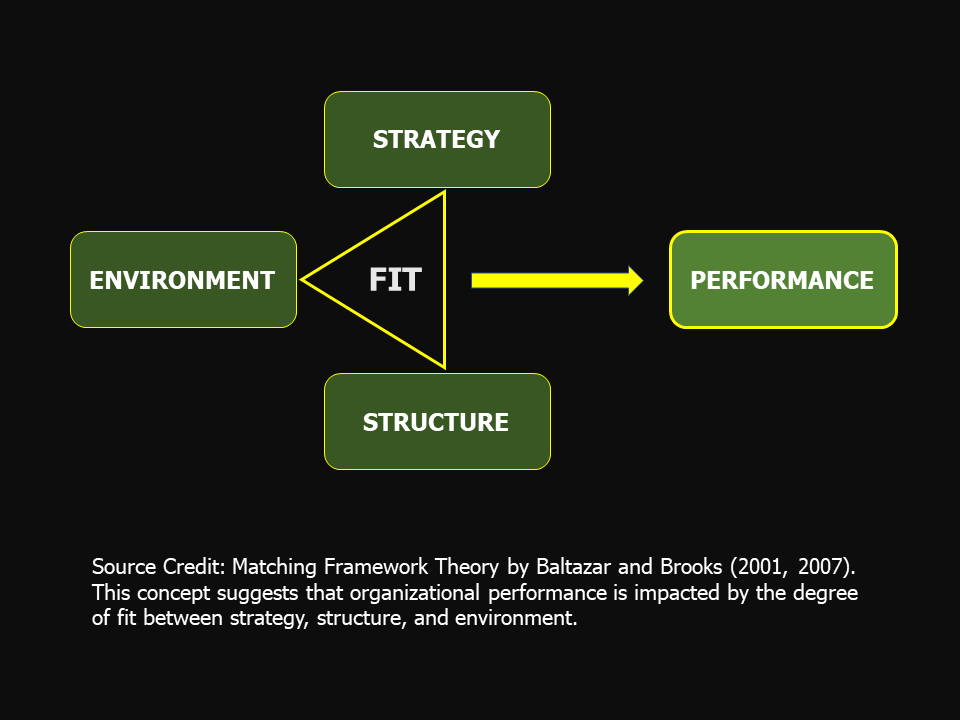Aligning STRATEGY, STRUCTURE, and ENVIRONMENT to maximize organizational performance is a timeless message that many SAGE Analytics Inc. clients will recognize as the Matching Framework (Baltazar and Brooks, 2001).
This alignment is particularly relevant right now as leaders are navigating through a serious environmental shift caused by the broad economic impact of COVID-19. The operating environment has changed significantly for most organizations and therefore the organizational strategy and structure need to be adjusted or re-imagined in order to align (fit) with a new environment.
Organizational structures are affected. Many government facilities and businesses are closed and staff layoffs are imminent. Remote work arrangements, virtual meetings, and online classes are at the forefront of the new normal amid a global pandemic.
Organizational strategies need to be reconsidered. Yesterday’s strategic priorities may no longer fit with today’s reality and may need to be temporarily set aside. The nuances of yesterday’s problems may be irrelevant in today’s new operating environment.
Managing organizational performance in this new and rapidly changing environment is a paramount leadership concern. Some businesses will pause or significantly reduce operations. For government and essential service providers, steps are taken to maintain business continuity and public protection.
Recognizing the need to align the organizational strategy and structure with the environment is a good starting point.
The pandemic induced environmental shift calls leaders to action to find solutions to manage organizational performance. Recognizing the need to align the organizational strategy and structure with the environment is a good starting point. This simple concept of a Matching Framework can be helpful for leaders to keep in mind as they address organizational performance in a new normal.

Source Credit: Adapted from the Matching Framework Theory by Baltazar and Brooks (2001, 2007). This concept suggests that organizational performance is impacted by the degree of fit between strategy, structure, and environment.
Shari-Anne Doolaege, MPA, Q.Med, Q.Arb, CLGM is a municipal consultant, mediator, arbitrator, investigator, and President of SAGE Analytics Inc., based in Edmonton, Alberta.
Shari-Anne is an Alberta-based municipal consultant. She is an advocate for good governance and strong decision-making practices.


